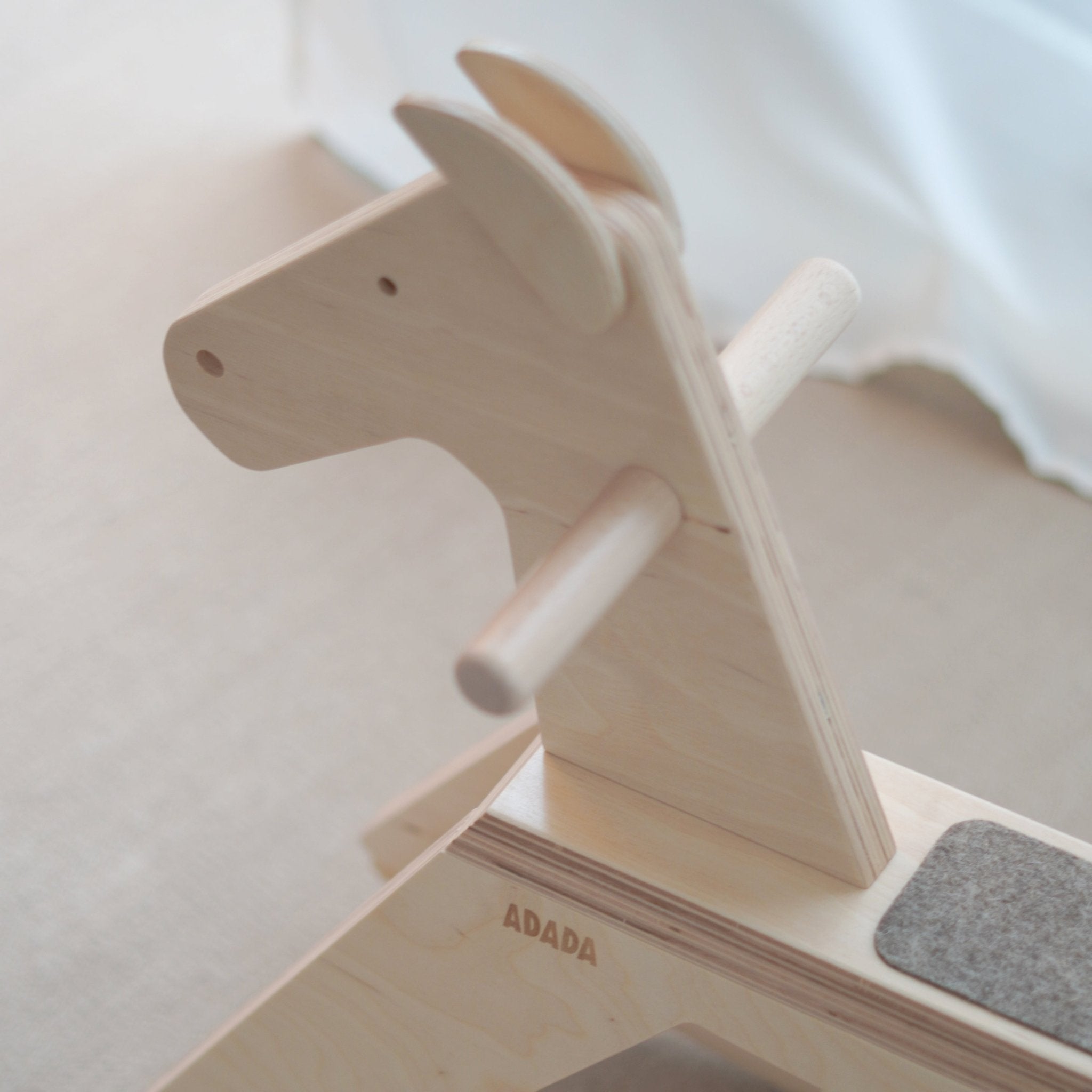



About this Product
What are the benefits of the wooden toys for children?
Manufacturing & Materials
Dimensions
Age and Safety
From 18 months
Assembly
Choose options




ROCKING HORSE
Sale price€249.00
Paiement sécurisé
Expédition Sous 24H hors weekend
Service client Réactif et à votre écoute
AS SEEN IN




